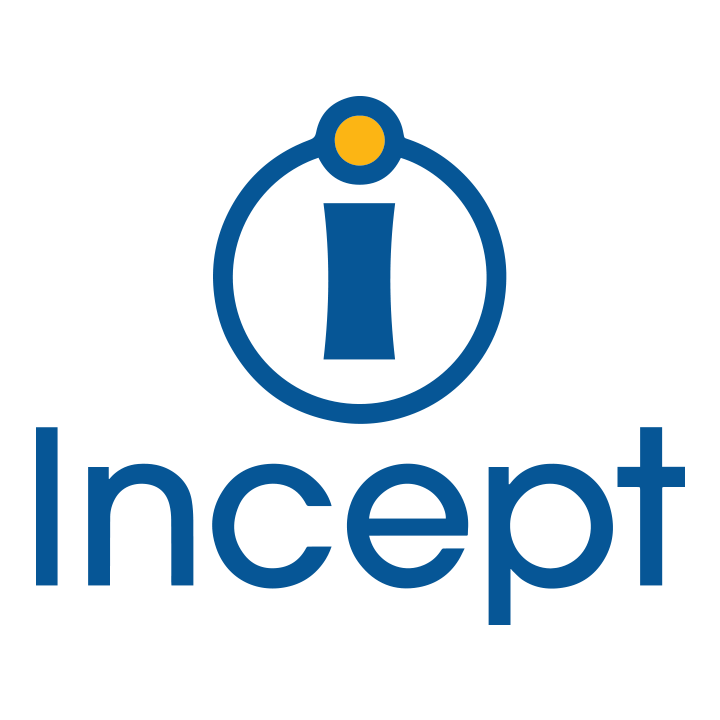What are the things that most SaaS companies don’t think about when they are figuring out whether or not to co-source? What will most outsourcers not tell you even if you do think to ask? And what do we wish you knew? We've got the answers below:
What do you have/need?
Taking an inventory of what you currently do internally is a good first step. Most SaaS companies focus initially on their customer service and technical support functions. Those are highly critical to the success and growth of your customer base and likely not the first place you should start co-sourcing.
There are a number of customer engagement functions that typically aren’t focused on that can be highly impactful to maintaining and growing the customer base. Pre-sales support can be an easily overlooked function that could be co-sourced. This could take the shape of live chat, inbound email response coverage, or inbound phone support. Other functions have very little to do with your particular product or service and are just good business practice, such as open invoice follow-up and collections, as well as functions like catalogue orders or account info updates that customers need help with.
The key here is to take an inventory of all of the things that you’re currently doing, as well as all of the customer engagement tactics that you aren’t currently doing. Whether you’re not doing them because you haven’t scaled to that size yet, or your team doesn’t have the capacity, identifying them will help you make decisions down the road.
Get over yourself
If there is one certainty in the process of potentially co-sourcing, it is that at least one person in the SaaS company will say this:
“Our (work/product/customers) are unique and would be (difficult/impossible) to co-source.”
Acknowledging the uniqueness of every company is acknowledging one of the best parts of business. Being in a service business, we get to see many different industries, verticals, products, and technologies.
The reality, however, is that VERY few of these businesses are unique enough to too difficult to co-source. There will undoubtedly be portions of the work that are harder to learn and service than others. But think about the current business, most likely being handled by an internal team. They started somewhere, and they probably didn’t have decades of experience bringing that offering up to speed. Similarly, all of the services that you handle now are handled by people that at some point knew even less about what needed to be done than a prospective co-source partner.
It could be valuable to have a partner with experience in your product type or industry, but what is important is finding someone that will embrace the difficulty and uniqueness of your business, and overservice it.
Find the right balance
There is a spectrum of co-sourcing; a grey area somewhere between co-sourcing all of your customer and prospect engagement and none of it. Our belief is that if someone tells you that you shouldn’t outsource anything, they are wrong (predicable statement from a provider, I know!). Inversely, if someone tells you that you should outsource everything, that are just as wrong. There is absolutely a value to having an internal team, and there is also great value in having a partner handle things.
One way to approach that decision point is similar to how you evaluate any internal position versus a contractor or consultant: what is the greatest value add that your current team of experienced specialists can add to the organization? Many times, when SaaS companies approach the question this way, they realize that they have some very talented internal specialists that could be doing high-value, custom account support. But those people are handling triage-level inquiries that don’t challenge them, utilize their skills, and in the worst cases, are frustrating to someone of their value and skill set.
Finding the right point on that spectrum between the things that can easily be segregated and trained at a co-sourcer is key, but it can also be something to be worked up to. If you start with the no-brainers, get a partner up to speed, and see how it goes. This can be helpful in developing the partner relationship and the confidence of your team in co-sourcing additional work that will free them up to do more innovative and inspiring things.
Enjoy the process
One key component of the points above is that you should enjoy the process. It should be a fun and inspiring step in the development of your customer engagement processes to envision bringing on a strong co-source partner. Your team should get excited at the scalability and their future freedom to do more and cooler things. You should get excited to save money and not have to worry about staffing, hiring, growing, and funding the growth of an internal contact center.
Just like I hope you enjoy this blog, I hope you enjoy the process of figuring out what to co-source and how.

